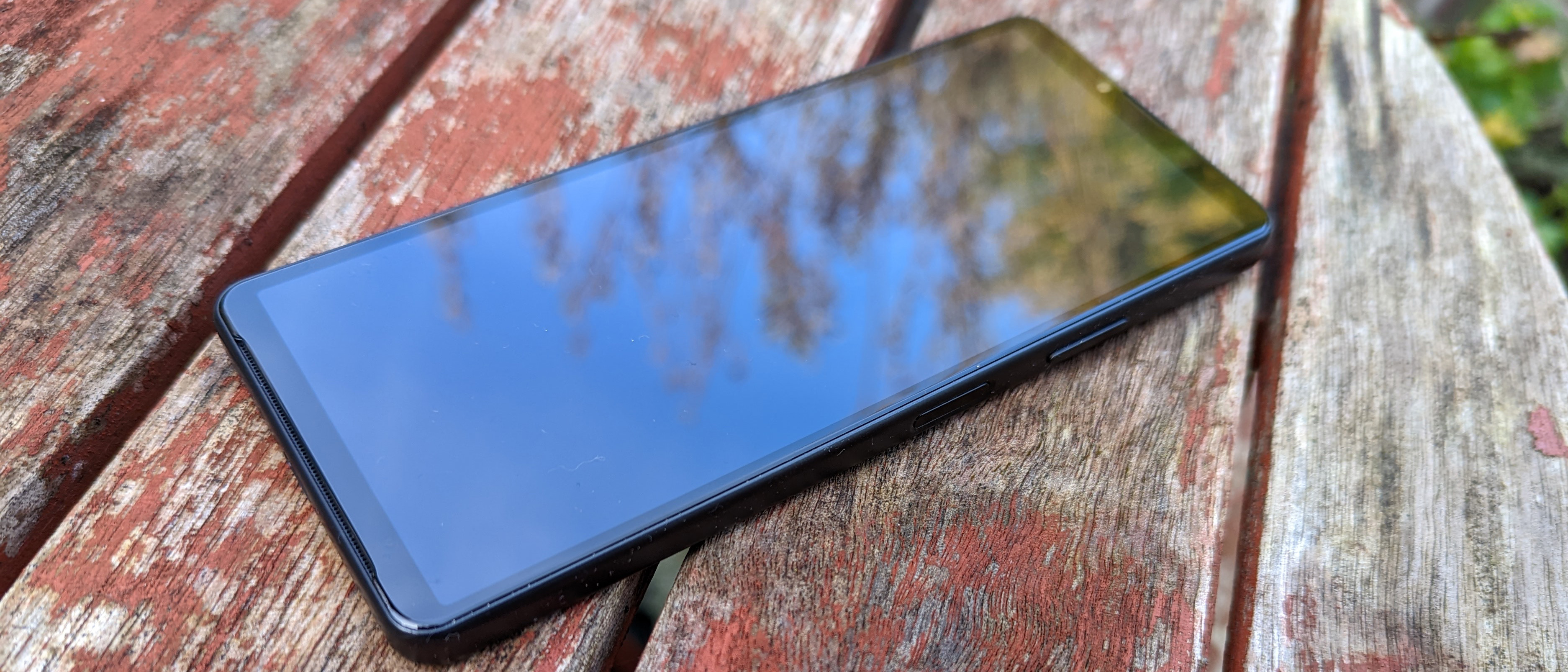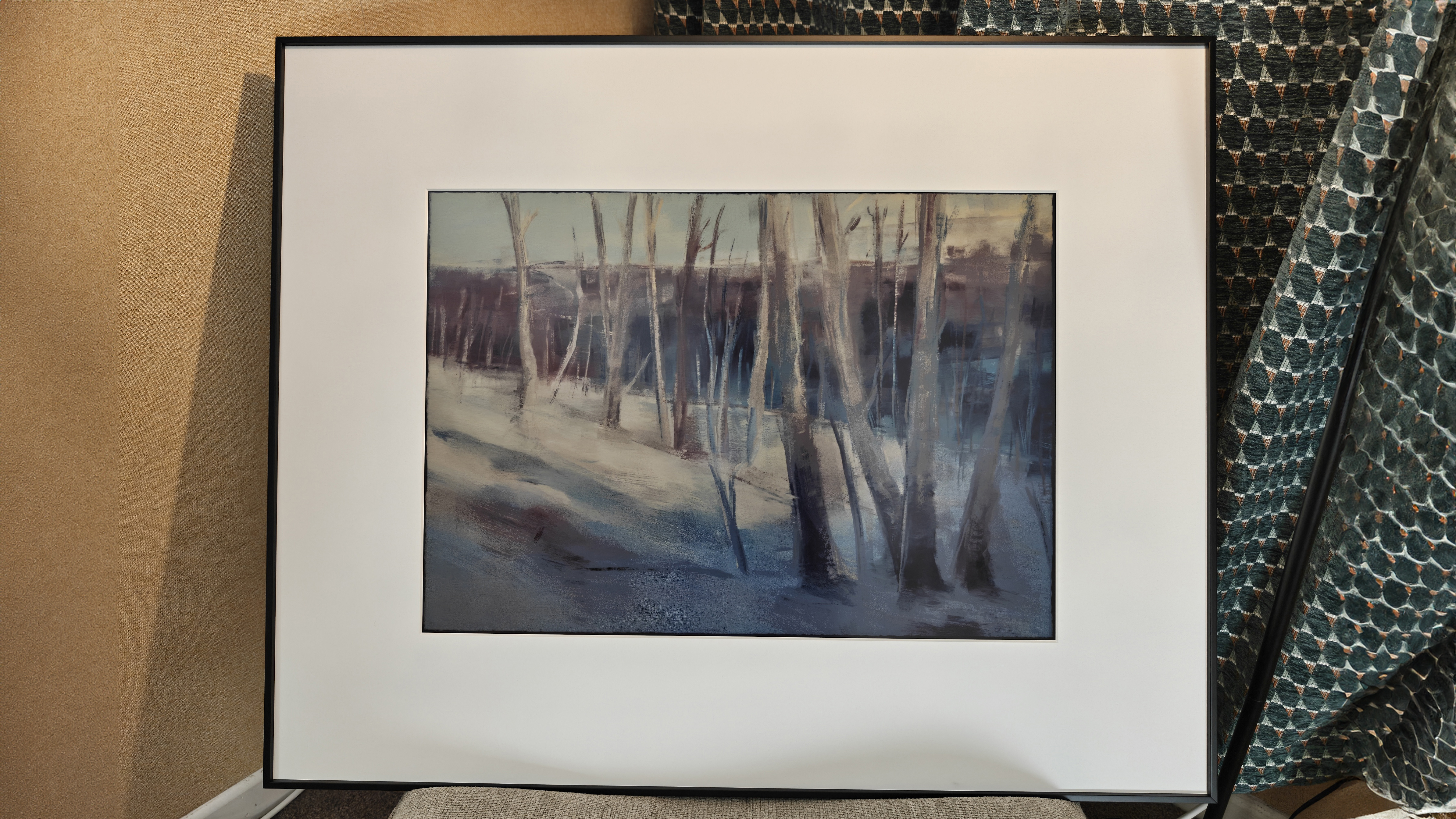Our Verdict
It’s hard not to like the Xperia 10 IV, but it’s not a particularly high-performance phone, nor will it endear itself to photo buffs. However, you do get excellent battery life, enough power for the browsing, emailing, and streaming that take up so much of our time, and its thin and light design makes it easy to slip into a pocket.
For
- Compact and light
- Excellent battery life
- You can’t tell it’s cheap
Against
- Unexceptional cameras
- Slight lag on home screen
- Slow charging
Why you can trust Creative Bloq
Pity the poor phone reviewer when picking the Sony Xperia 10 IV out of the latest Sony releases, for they all look the same. We currently have an Xperia 10 IV and an Xperia 5 IV on our desk, and they are identical. They don’t even have the model number printed on their bodies, so only things like the location of ports, slight differences in the camera bulge, and the box they came in can distinguish them. It’s a tricky business just telling them apart.
This is good news for the Xperia 10 IV. It’s Sony’s new 5G budget offering, and the fact it is identical to the more premium 5 IV means you’ll never be embarrassed at having a cheaper phone when you get it out in public. There are plenty of reasons to pass over the Xperia 10 IV in favour of a different Android phone, but that’s not one of them. So, is this Sony model going to bother the best smartphones right now, or maybe the best budget camera phones? We've put it to the test to find out.
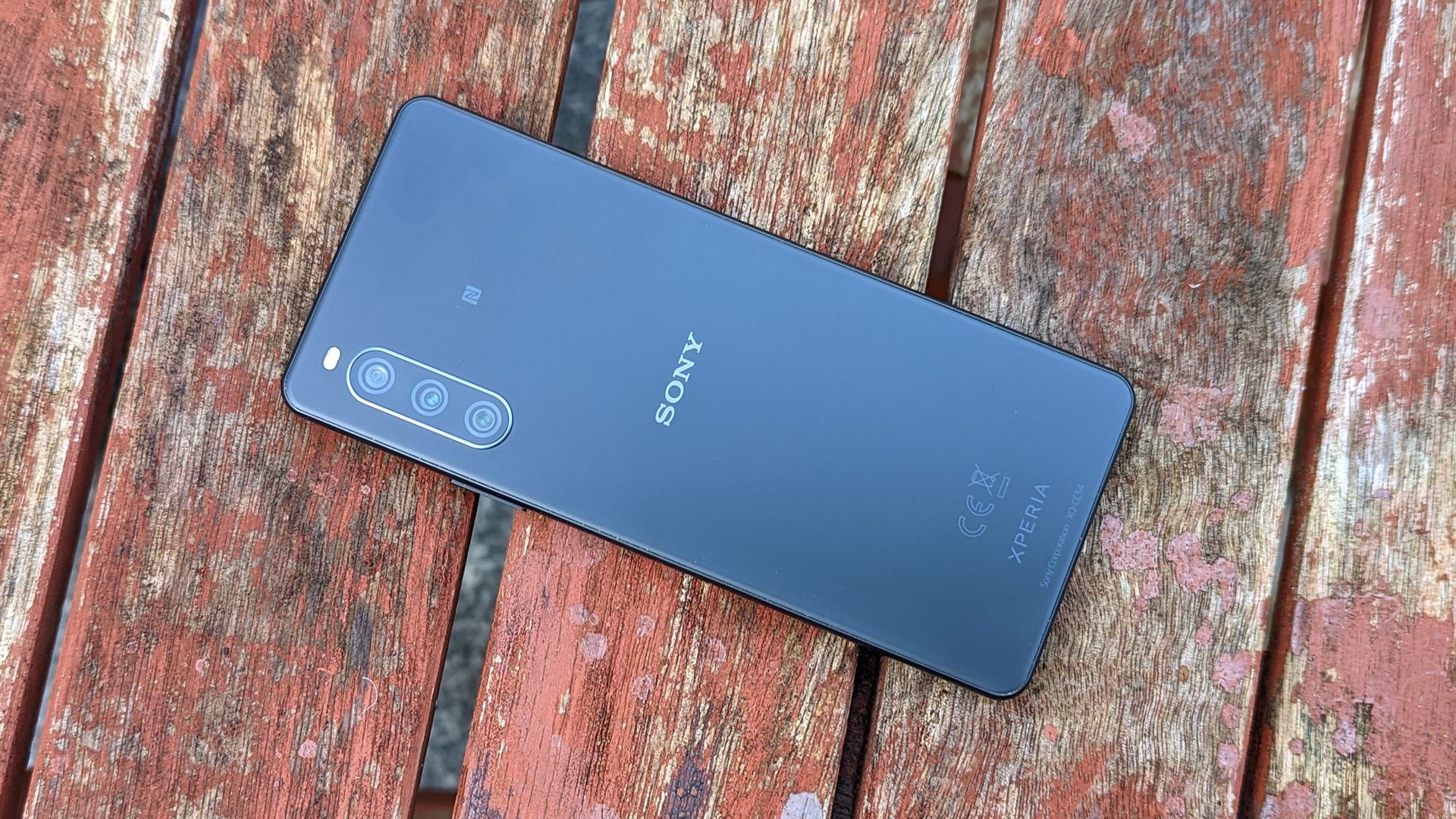
Sony Xperia 10 IV review: Design
Sony phones are taller and slimmer than most other brands’, and the Xperia 10 IV is no exception. It fits nicely in the hand, the clever positioning of the fingerprint sensor - it’s built into the lock button - making it a cinch to unlock, and the matte plastic of its flat sides mean there's no awkwardness about gripping it as there can be with phones that have a curved glass edge.
Its depth helps here: this isn’t the thinnest phone we’ve handled recently, but it still manages to feel smaller than many others. The sides are pierced only by a USB-C port, SIM tray, the usual volume and lock buttons, and the endangered headphone socket. Around the back is a triple-camera module, while the front-facing camera pierces the top bezel, slightly offset to the left.
It’s fairly light too, at 161g, despite cramming in all the bits of a modern smartphone you’d expect and a large 5000mAh battery. The six-inch screen is an HDR OLED, covered in Gorilla Glass, with a maximum refresh rate of 60Hz and a resolution of 1080 x 2520 pixels at a 21:9 ratio for a pixel density of 457ppi.
This beats the Honor 70 and puts it in the same ballpark as phones like the Apple iPhone 11 Pro Max (455) and older Google Pixel devices, but is still beaten by the Samsung Galaxy S22 Ultra (501) and Sony’s own Xperia XZ Premium from 2017, which squeezes in over 800ppi to its UHD 5.46in screen. For a small screen that you tend to use at arm’s length, this HD+ resolution is perfectly adequate, as is the refresh rate.
The SIM tray is, for once, notable, as you’re able to pull it out with a fingernail instead of trying to find one of those little tools or persuading someone to remove an earring. The tray is split into two, and takes a nanoSIM (you can use an eSIM too, for dual-SIM capabilities) plus a Micro SD card to expand the phone’s 128GB of storage.
Daily design news, reviews, how-tos and more, as picked by the editors.
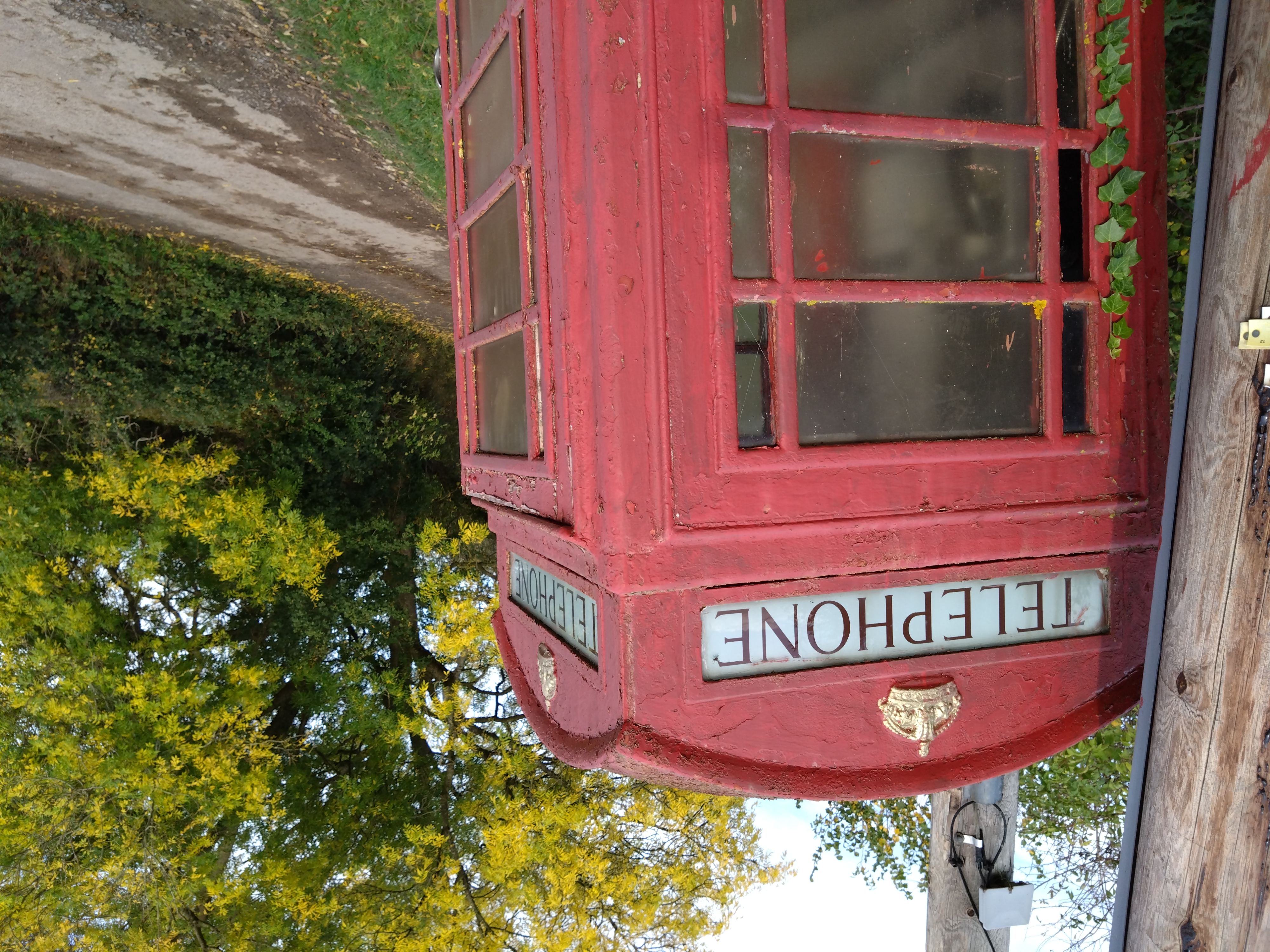




Sony Xperia 10 IV review: Camera
The cameras are decent but unexceptional, which pretty much sums up the entire phone. You get a 12MP sensor behind the main cam, which has an equivalent focal length of 27mm and an aperture of f/1.8, with 8MP ultrawide and 2x tele alternatives. Pictures taken in daylight are generally crisp, though such low resolution numbers are unusual in 2022 without pixel binning, and the images are all at their best in the centre, with softness and chromatic aberration creeping in at the edges, particularly from the ultrawide.
Low light performance, which has been such a revelation in recent phone cameras such as the Pixel series, is back to where things were a few years ago. Despite a Night Mode setting, you’re going to get a lot of high ISO noise, and the AF can struggle in the dark unless you can give it some contrast to lock onto.
In its favour are optical image stabilisation, an HDR mode that can be left on the ‘auto’ setting, and the usual Android tricks such as slow-mo, panorama, manual mode and live filters, but despite there being a selfie portrait mode, we couldn’t find the background-blurring ability on the main camera.
Video can be captured at up to 1080p/60 but not higher. You can shoot in 16:9, 21:9 or 1:1, and there's object tracking autofocus.
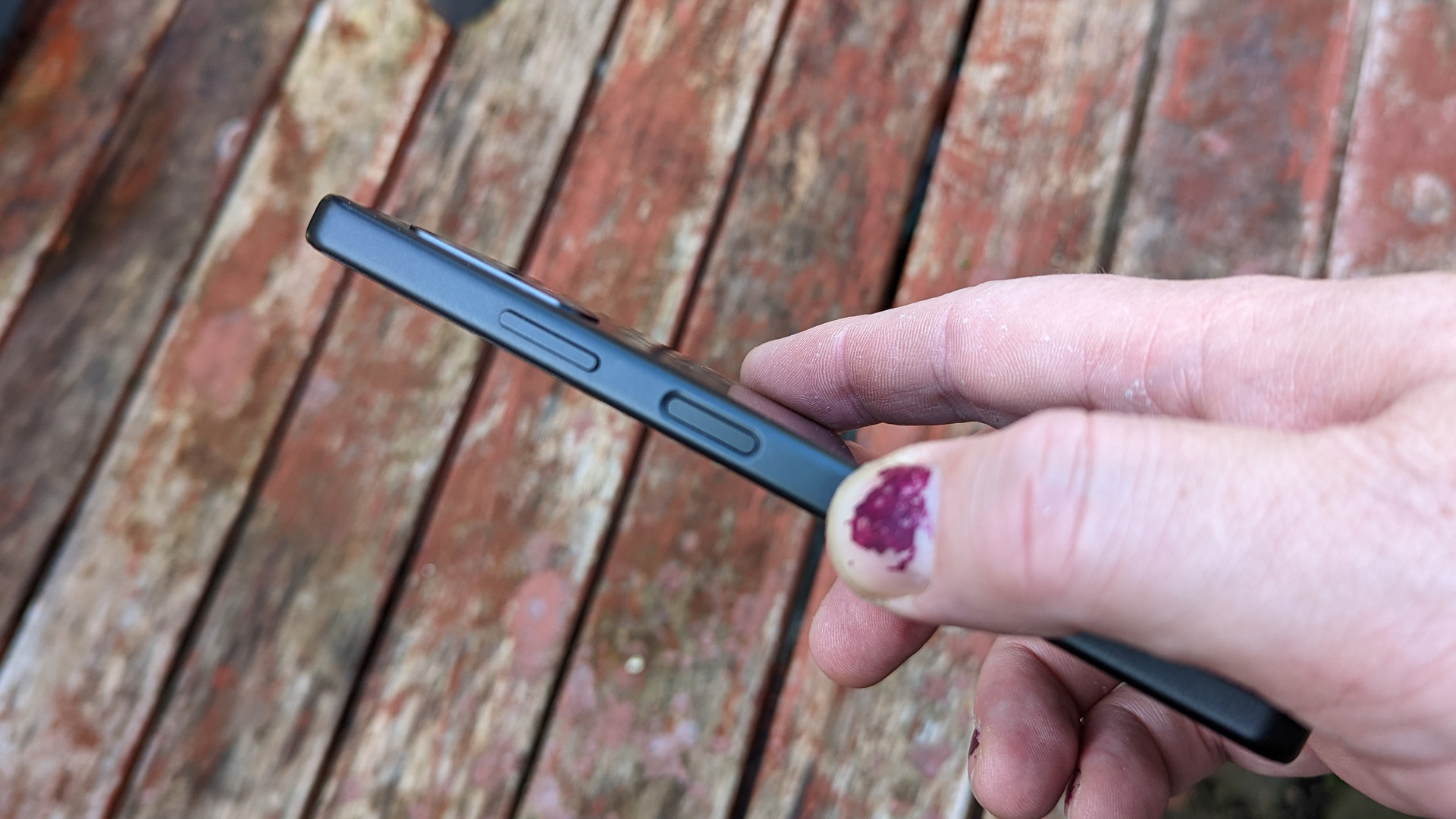
Sony Xperia 10 IV review: Performance and interface
The Xperia 10 IV’s chipset is a Snapdragon 695. It’s 5G, and has eight CPU cores. Two of them are performance cores, Arm Cortex A-78, and six are efficiency, Arm Cortex A-55. There's also 6GB of RAM and 128GB of storage, though this can be expanded through the MicroSD slot. These modest specs put it behind phones like the Honor 70, but it’s also around £70 cheaper, and the Pixel 6a, which at £399 is more in the Xperia 10 IV’s neighbourhood.
Despite this, we found the phone to be generally responsive with just the slightest feeling of lag when moving between apps or pressing the home button (which, in modern Android 12 style, can be replaced with a gesture). There's also a useful Window Manager app that allows an app to run in a small window over the home screen, useful for quickly checking messages.
Wi-Fi is stuck at version 5, while Bluetooth makes it to 5.1. If you need Wi-Fi 6 and gigabit downloads on your phone, you’ll have to look elsewhere.
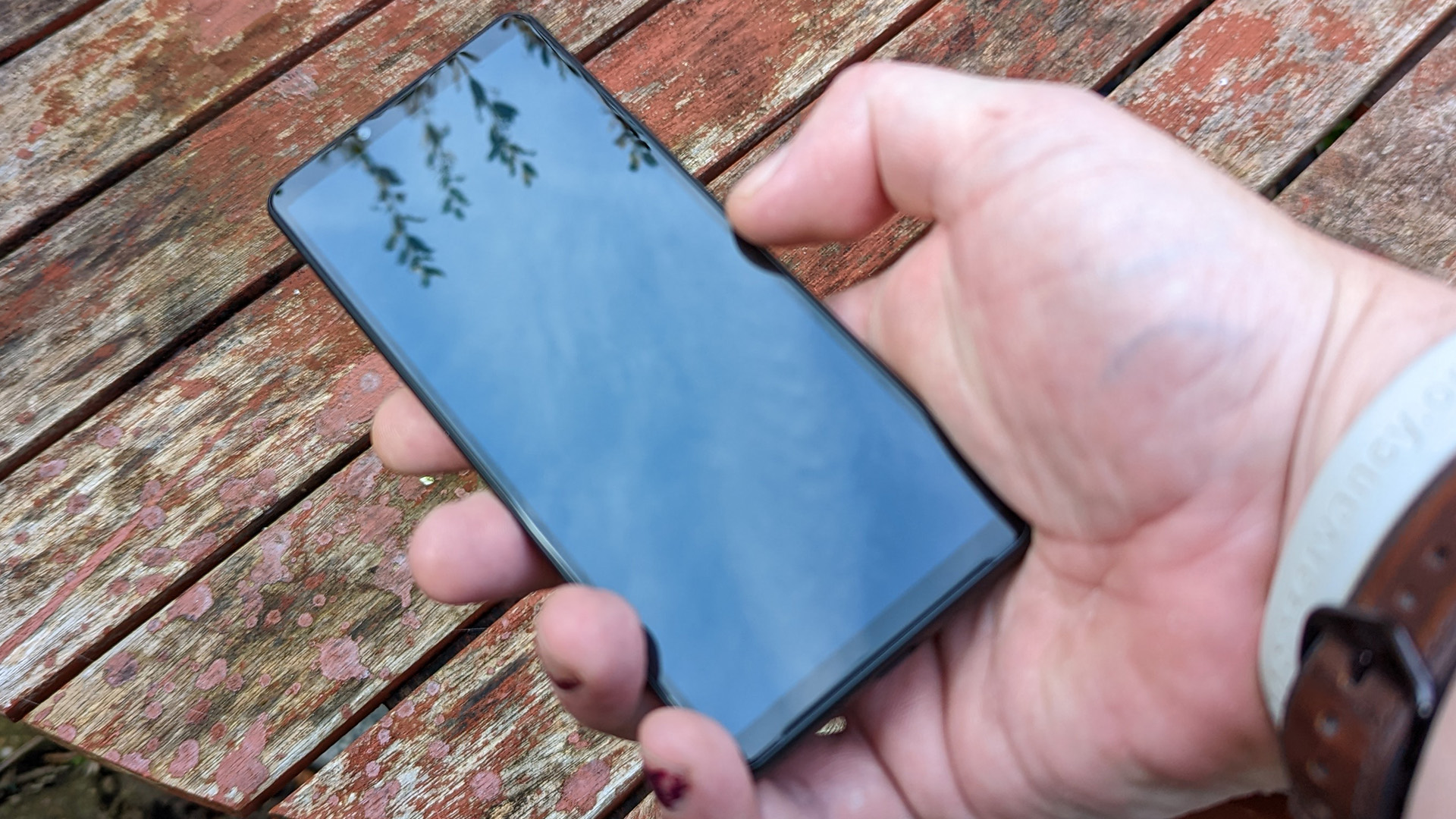
Sony Xperia 10 IV review: Battery life and charging
Here’s something that does stand out about the Xperia 10 IV: its battery life. It’s really good, a combination of that large battery, the more efficient processor, and not having an absolutely massive screen. You really can get two days’ moderate use out of a charge, if you limit yourself to WhatsApp, browsing, and a little bit of YouTube rather than thrashing it on games or watching full-length movies.
As is becoming more common, there's no charger in the box, and it’s not a super-fast charging phone either. You do get USB PD and adaptive charging to take care of the battery, but it still doesn’t fuel up particularly fast.
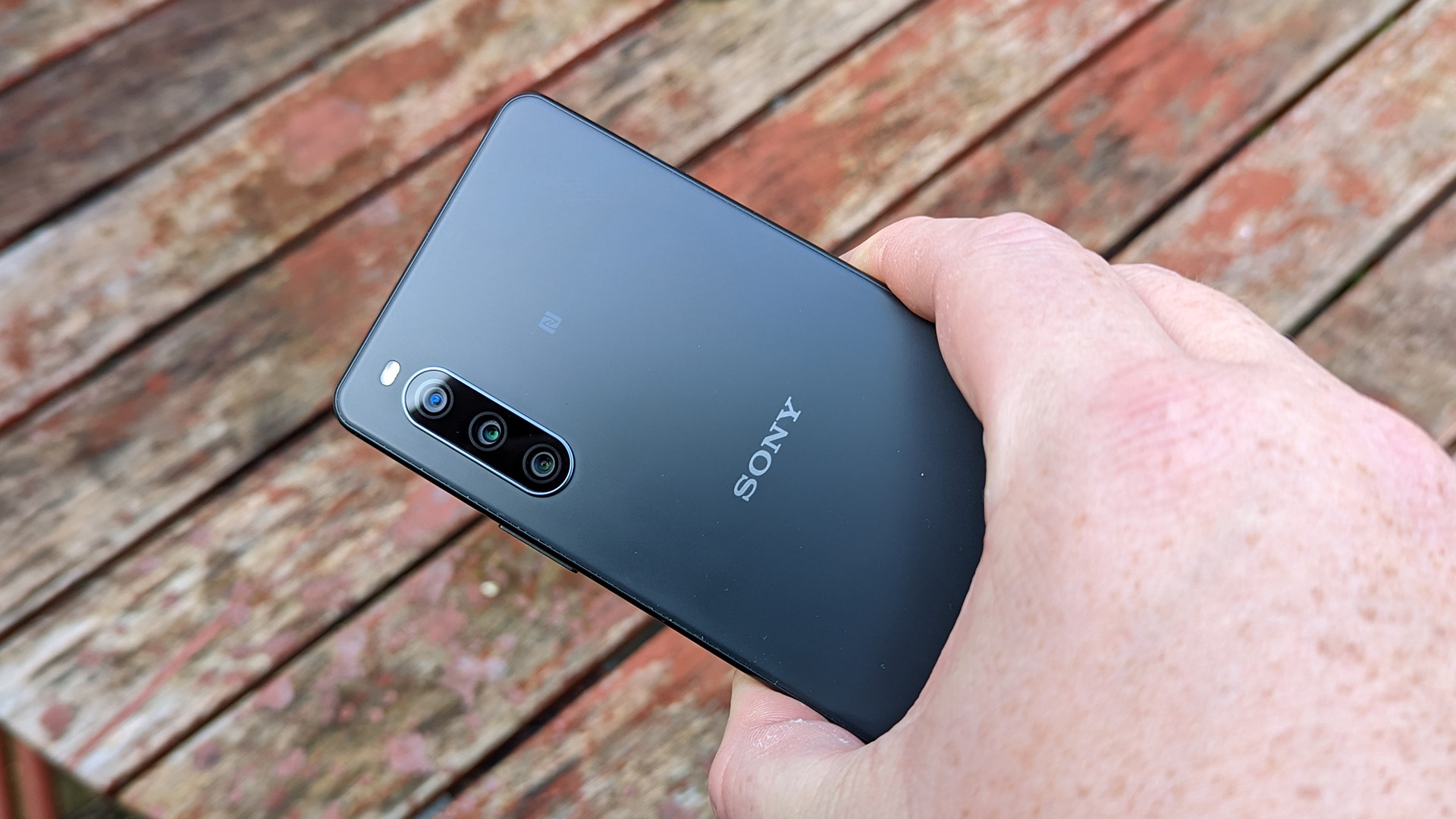
Should you buy the Sony Xperia 10 IV?
If you must have the greatest smartphone, then no. If you’re happy with something modest and reasonably priced, that’s good for chat apps, web browsing and the odd photo, and which can last two days on a charge if you don’t tax it too much, then maybe. It’s also available for £379, which is an excellent price for a piece of such high technology.
While it’s easy to look at its specs in comparison to the S22 Ultra or iPhone 14 and sneer, when you consider what many people use their phones for - messaging, browsing, streaming - it’s perfectly adequate, especially with its OLED screen. The expandable storage and headphone socket are also nice to have too, as they mean you won’t need to buy expensive accessories or subscribe to cloud storage if you don’t want to.
While it’s not going to bother lists of the best gaming phones, it might be in the running for the best budget camera phone crown if it weren't for the excellent Google Pixel 6a, which has a slightly larger screen, better processor and better cameras (including 4K video) yet only costs £20 more. The budget phone sector is highly competitive, and while a good attempt, the Xperia 10 IV doesn’t do quite enough to stand out above the competition.
Read more:
out of 10
It’s hard not to like the Xperia 10 IV, but it’s not a particularly high-performance phone, nor will it endear itself to photo buffs. However, you do get excellent battery life, enough power for the browsing, emailing, and streaming that take up so much of our time, and its thin and light design makes it easy to slip into a pocket.

Ian Evenden has been a journalist for over 20 years, starting in the days of QuarkXpress 4 and Photoshop 5. He now mainly works in Creative Cloud and Google Docs, but can always find a use for a powerful laptop or two. When not sweating over page layout or photo editing, you can find him peering at the stars or growing vegetables.
